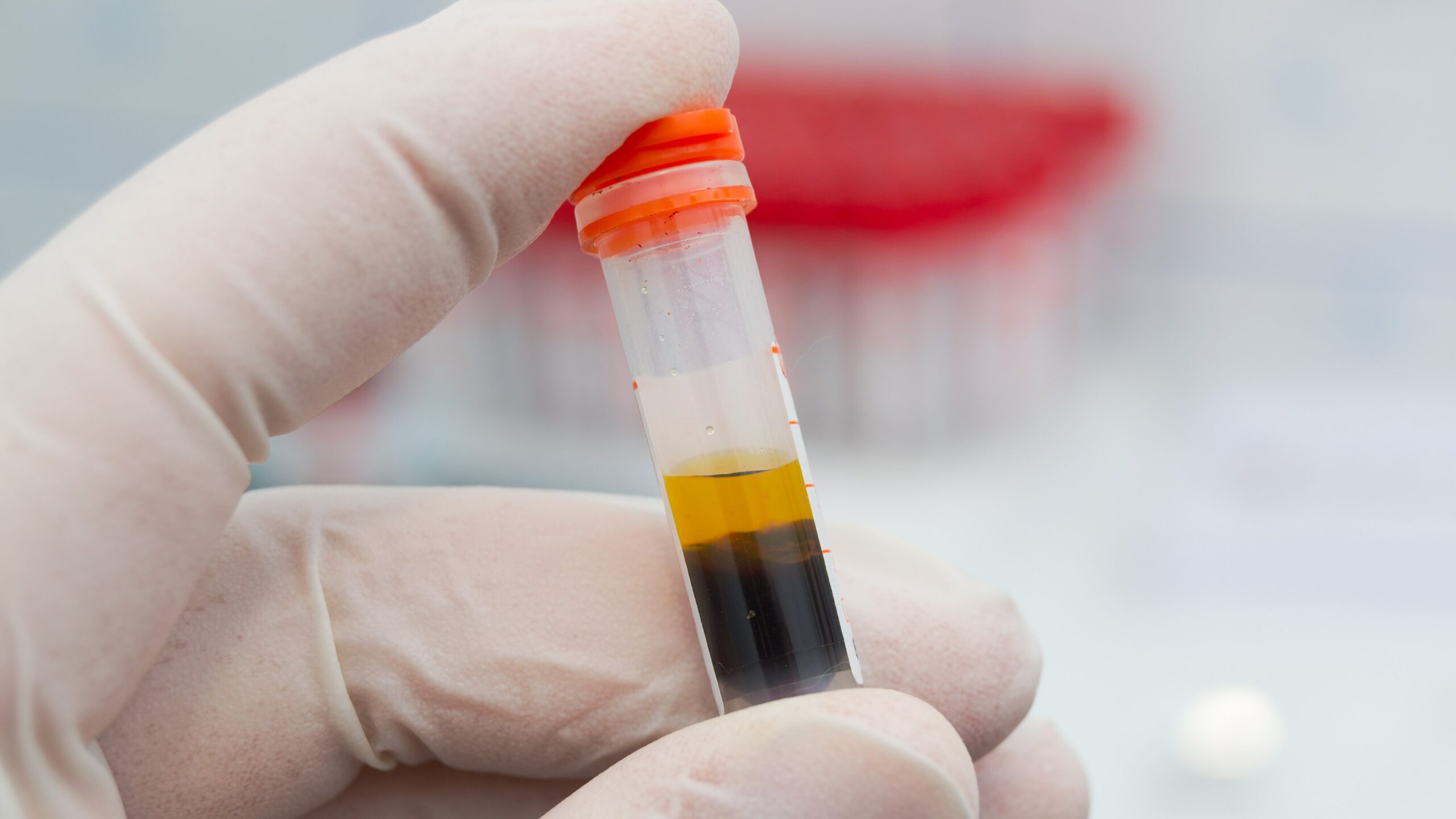
Pregnancy following kidney transplantation has become more common in recent years. The voluntary Transplant Pregnancy Registry International (Philadelphia, Pennsylvania) has registered more than 1100 pregnancies after kidney transplantation. Previous data have suggested that pregnancy may lead to increased risk of death-censored graft loss (DCGL) if there are risk factors such as creatinine >1/5 mg/dL.
In multiple previous studies, there was no difference in the incidence of DCGL for kidney transplant recipients with a history of pregnancy than for nulliparous kidney transplant recipients. Those studies did not account for the possibility that nulliparous kidney transplant recipients might have other underlying conditions that could influence the choice of not conceiving or could affect the incidence of DCGL.
There are few data available on the effect of pregnancy on the course of estimated glomerular filtration rate (eGFR) in kidney transplant recipients. Marleen C. van Buren, MSc, and colleagues conducted a nationwide multicenter cohort study in kidney transplant recipients with pregnancy (>20 weeks) following kidney transplantation. Results were reported in Transplantation [2022;106(6):1261-1270].
The study utilized data from the Dutch PARTOUT (Pregnancy after Renal Transplantation Outcomes) network. All women who underwent kidney transplantation in the Netherlands since 1971 and became pregnant afterward were included in the data set. Data were collected until December 31, 2017.
Baseline kidney transplant data included specifications of the cause of end-stage renal disease, type of kidney transplant, immunosuppressive and antihypertensive drug use, and medical history. Rejection was defined as biopsy-proven rejection or treatment for rejection by clinician diagnosis.
Obstetric outcomes data were also collected. Preexisting hypertension was defined as systolic blood pressure ≥140 mm Hg, diastolic blood pressure 90 mm Hg, or antihypertensive drug use prior to pregnancy. The same definition was used for pregnancy-induced hypertension in kidney transplant recipients who developed hypertension during pregnancy without preexisting hypertension.
Outpatient clinic serum creatinine levels were collected after 1 year following kidney transplantation for the longitudinal analysis of kidney function and for every year thereafter until graft loss or death or until the end of Follow-up (December 31, 2017).
Data were analyzed using SPSS, version 2.5 (SPSS) and Graph Pad Prism version 8.4 (Graft Pad Software). Generalized estimating equation analysis was used to examine the effect of pregnancy on eGFR. Kaplan- Meier and Cox proportional hazards regression analyses were performed to calculate hazard ratio (HR) and 95% CI in assessment of the association between possible predictors and DCGL after pregnancy.
The analysis cohort included 197 women who had 295 pregnancies during follow-up. Pregnancy outcomes were complicated by preterm birth (<37 weeks) in >50% of the pregnancies; mean birthweight was 2281 grams. Ninety-nine women had hypertension prior to their first pregnancy. Of those, there were data on the hypertensive agents of 87 kidney transplant recipients during the first trimester of their first pregnancy after transplantation. Seventy percent had one antihypertensive agent, 29% had two antihypertensive agents, and one women had three antihypertensive agents. Gestational hypertension occurred in nearly 46% of the analysis cohort and 31% experienced preeclampsia. Nearly half had midterm hyperfiltration (increase in serum creatinine >15%).
Nine of the 197 women did not have available data on eGFR prior to pregnancy, primarily due to the fact that the pregnancy occurred within 6 months after kidney transplant. In 17 women, there were data on eGFR for pregnancy interval 1, because a second pregnancy followed soon after the first.
In the total study population (n=197), the overall effect of transplant vintage on eGFR slope was –0.58 mL/min/1.73 m2 per year (standard error of the mean [SEM], 0.13; 95% CI, –0.84 to –0.31); P<.001). The overall mean eGFR following the first, second, and third pregnancies was not significantly worse than prepregnancy eGFR.
In pregnancy interval 1, adjusted mean decline in eGFR was –2.80 mL/min/1.73 m2 (SEM 1.59; 95% CI, –5.92 to 0.33; P=.08) over a median of 2.57 years. During pregnancy interval 2, mean decline in eGFR was –3.45 mL/min1.73 m2 (SEM 2.24; 95% CI, –7.84 to 0.94; P=.12) over a median of 5.02 years. During pregnancy interval 3, mean eGFR decline was –4.31 mL/min/1.73 m2 (SEM 8.89; 95% CI, –27.73 to 13.11; P=.63) over a median of 6.52 years.
In GEE analysis to determine which other predictors might have an effect on eGFR after kidney transplant, the researchers tested time-related variables. Women who received a kidney transplant and were pregnant prior to 1990 had significantly better post-transplant eGFR compared with women who were transplanted and pregnant more recently (P<.001). Further, kidney transplant at a younger age was related to better eGFR after transplant. Following exclusion of women who received a transplant prior to 18 years of age, the effect was no longer significant.
In univariate analysis of the effect of pregnancy outcomes on eGFR after pregnancy (excluding eGFR measurements after second and third pregnancies), midterm hyperfiltration was related to better eGFR after pregnancy (P=.04). Low birthweight tended to be related to worse eGFR after the first pregnancy (P=.06). When added to a multivariate model, none of those outcomes were identified as independent predictors for worse eGFR after pregnancy.
In Kaplan-Meier and Cox regression analyses, approximately 10% of the women lost their graft within 5 years of delivery and 20% within 10 years after first delivery. Women with a prepregnancy eGFR <45 mL/min/1.73 m2 had shorter graft survival (HR, 0.48; 95% CI, 0.24-0.94; P=.03). There was no observed difference in DCGL between women with eGFR values between 45 and 60 mL/min/1.73 m2 and eGFR values >60 mL/min/1.73 m2. There was no effect of the transplant-to-conception interval on DCGL.
The researchers cited some limitations to the study, including the retrospective study design and the lack of measurement of 24-hour urine creatinine clearance.
In conclusion, the authors said, “To the best of our knowledge, this is the largest study analyzing the effect of pregnancy in kidney transplant recipients on eGFR slope to date. The outcomes of our study demonstrate that pregnancy causes a small and nonsignificant decline in adjusted mean eGFR after the first pregnancy but does not accelerate eGFR slope after the first or subsequent pregnancies. Furthermore, pregnancy does not amplify the negative effect of known risk factors on eGFR after kidney transplant. Midterm hyperfiltration might be a marker for favorable graft outcomes after pregnancy. The absence of midterm hyperfiltration as a marker of renal reserve might be considered as a risk factor for long-term graft loss in addition to traditional risk factors.”
Takeaway Points
- Results of a retrospective cohort study to examine the effect of pregnancy on the course of estimated glomerular filtration rate (eGFR) in kidney transplant recipients.
- Overall eGFR slope after the first, second, and third pregnancies after kidney transplant was not significantly worse than prepregnancy.
- There was an association with midterm hyperfiltration and better eGFR and death-censored graft survival.







 © 2025 Mashup Media, LLC, a Formedics Property. All Rights Reserved.
© 2025 Mashup Media, LLC, a Formedics Property. All Rights Reserved.